Meet Satoshi Iwasaki
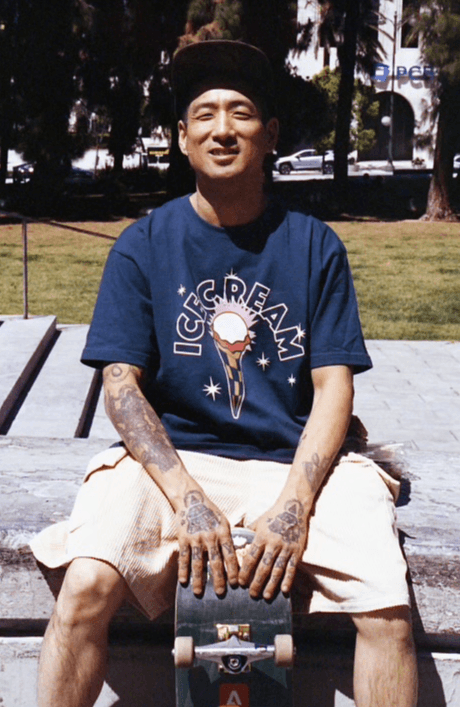

We had the good fortune of connecting with Satoshi Iwasaki and we’ve shared our conversation below.
Hi Satoshi, what do you think makes you most happy? Why?
What makes me happy is the unique blend of creativity, community, and personal history that defines my life. My deep love for West Coast hip-hop and my affiliation with AVID ProTools, especially through collaborations with artists like Bishop Lamont who worked with DR.Dre for Aftermath Entertainment as his protege, brings me immense joy. Being involved in shaping music that resonates with me is incredibly fulfilling such as my last work which was a collaboration music album with Damian Marley and NAS, Distant Relatives in 2010.
Creating cinematic films that capture the essence of skateboarding, music videos, Formula Drift, and documentary-style storytelling is another source of great happiness. Working with figures from the skateboarding community such as Julian Agliardi, Stevie Williams, and Chris Chann, as well as capturing the excitement of drifting with enthusiasts like Ken Gushi from Formula Drift USA and Japan, allows me to explore my creative passions in diverse and meaningful ways.
My Sundays are a highlight of my week, where I gather with friends for skate sessions (Sunday Shenanigans). These moments of freedom and camaraderie, without any pressure or expectations, are a cherished part of my life. It’s not just about skateboarding; it’s about connecting with others and enjoying the sheer joy of the sport which defines the meaning of what love is.
Advocating for skateboarders through Grindking Trucks, Unified Skate, Makeshift LTD, and Brothers Kinetics adds another layer of fulfillment. Supporting the skateboarding community and contributing to its growth is incredibly rewarding.
These passions are deeply rooted in my background. Born in 1979, growing up in Shinjyuku-Ku, the capital of Tokyo-Japan with professional figure skaters parents, and moving to Los Angeles in 1990 at the age of 11, I was immersed in both the world of skateboarding and the influence of West Coast hip-hop. My stepfather Kenji Nakai, a renowned sound engineer, also played a significant role in shaping my love for music and sound who’ve worked with artist like X-Japan, Red Hot Chili Peppers, Tom Petty, and many more. This blend of influences from my upbringing has guided me in merging my interests and creating a life filled with purpose and joy.
Ultimately, what makes me happy is the ability to integrate my creative passions, support a vibrant community, and express myself through activities that have been a part of my journey from a young age. This combination of personal history and current pursuits creates a fulfilling and joyful life for me.
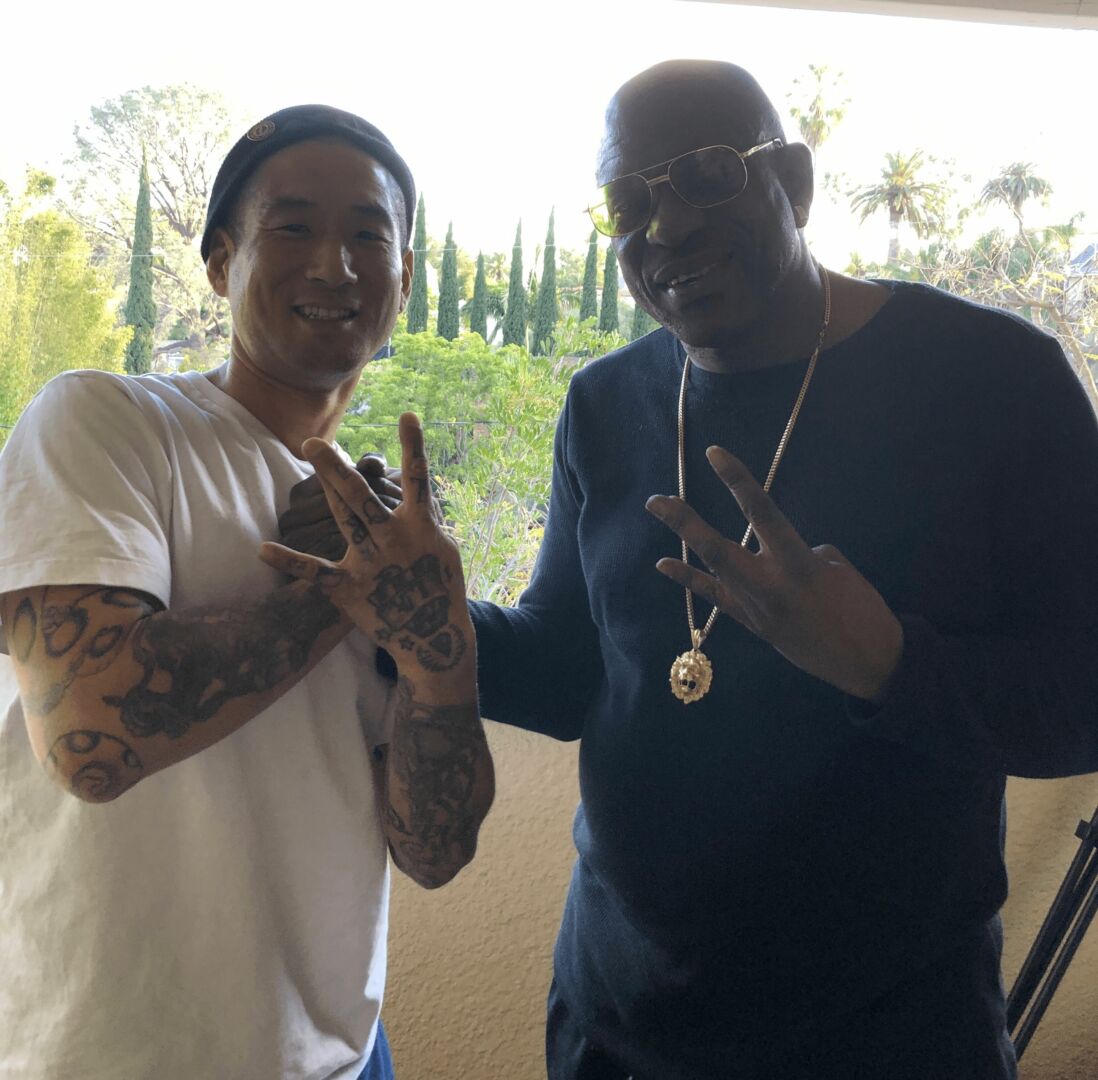
Can you open up a bit about your work and career? We’re big fans and we’d love for our community to learn more about your work.
What makes me happy is the profound satisfaction that comes from dedicating myself to projects that truly resonate with me. My work spans music, skateboarding, and Formula Drift, and I only engage with projects that ignite my passion. If I don’t feel a connection to a project, I don’t pursue it. However, when I do connect, I invest my full effort to create something that is not only compelling but also artistically significant.
My creative process is deeply spiritual and intuitive. It involves listening closely with my senses and instincts, and allowing each piece of work to evolve organically. This approach ensures that every project I undertake is a genuine expression of my vision and dedication.
One of the most notable examples of this philosophy in action is my involvement with Damian Marley and NAS’s “Distant Relatives” album. The journey began in 2010 when I met Ali Ra Sai, Bob Marley’s cousin, who introduced me to Paul Fakhuri, a key executive producer for the Marleys. My role in this project came after my involvement in the *HOPE* campaign for Obama at Studio One and attending Obey Giant’s 2nd annual anniversary party, where I was surrounded by influential figures like Will Ferrell, Jaimee Foxworth, and Fleece from the Red Hot Chili Peppers.
It was at this event that Paul called me on the phone, inviting me to discuss a transformative idea for the Marleys. Convincing Paul to embrace this vision took perseverance and deep belief in the project. Despite initial hesitation, my unwavering commitment and passion persuaded him, leading to the successful release of the album just two months later.
The effort and dedication involved in bringing this vision to life were immense. It required years of experience, numerous connections, and an unwavering belief in the power of creative imagination. This experience taught me that if you have a vision or a belief, you must bring it to reality. Failure to do so can leave a lingering sense of regret. It’s essential to pursue what you believe in and make it a reality, for the impact of your creativity can transcend beyond your time on earth.
In the end, what makes me happy is knowing that I’ve put my heart and soul into my work, and that I’ve pursued my passions with relentless dedication. It’s a reminder that living authentically and creatively is the key to fulfillment and leaving a meaningful legacy.
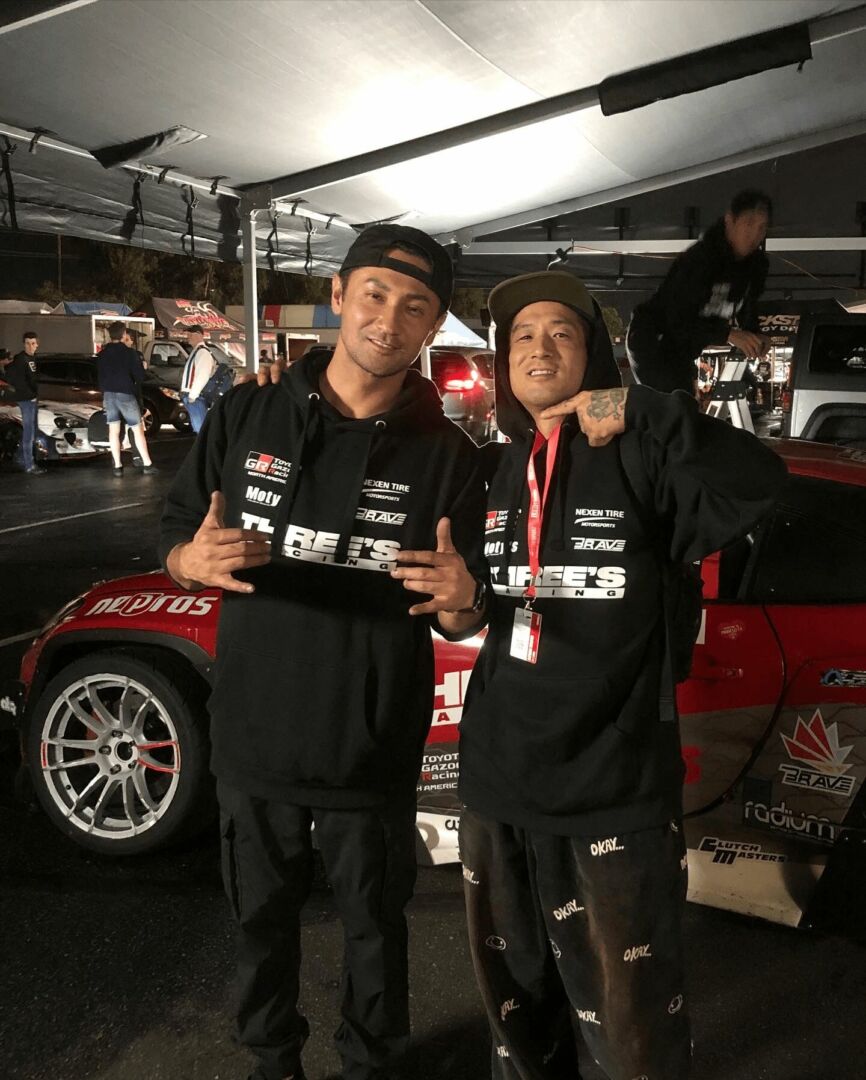
Any places to eat or things to do that you can share with our readers? If they have a friend visiting town, what are some spots they could take them to?
If my best friend were visiting Los Angeles, I’d make sure we had the ultimate LA experience packed with culture, creativity, and some of the best spots in town. Our adventure would kick off with a Sunday skate session at JKWON in K-Town, where we’d dive into the heart of LA’s core skateboarding scene. It’s a place where the energy is electric and the skateboarding culture is at its most authentic.
Next, we’d head over to Unified Skate Supply to see firsthand how skateboards are crafted. It’s fascinating to witness the craftsmanship and dedication that goes into making these boards, and it’s a great way to appreciate the finer details of the skateboarding world.
From there, we’d hit both Santa Monica and Venice Beach for some epic skateboarding action. The vibe at these beaches is legendary, and skating along the iconic boardwalks would be an absolute blast.
For a deep dive into my music world, I’d take him on a tour of some key spots: Bishop Lamont, Dae One, Rhythm D, Josef Fleming, 1500 Studio, and AVID Studio. Each of these places is a cornerstone of the LA music scene, and seeing where the magic happens would give him a real sense of what drives my passion for music.
And to wrap up our day, we’d indulge in a culinary treat at Sushi Tomoki, the best sushi spot in LA. With its exceptional flavors and authentic dishes, it’s the perfect way to end an unforgettable day exploring the city.
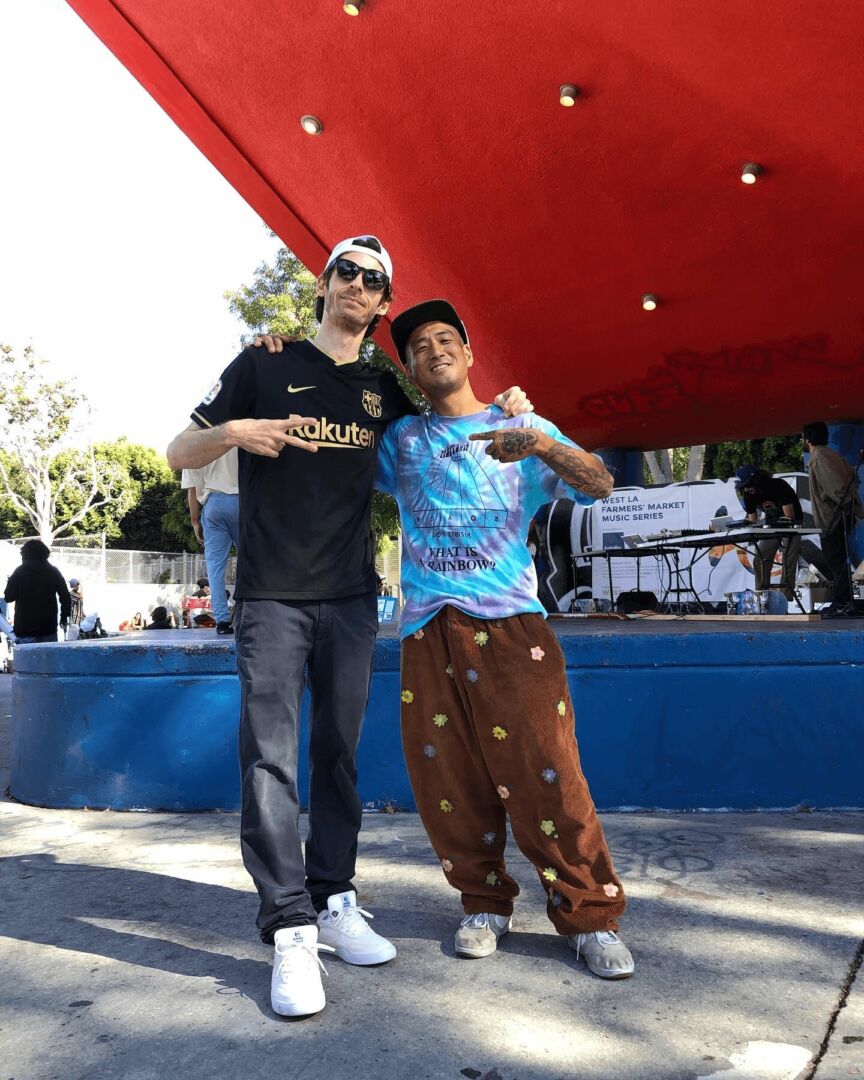
Shoutout is all about shouting out others who you feel deserve additional recognition and exposure. Who would you like to shoutout?
My mother Natsuko Iwasaki and my father Tokuji Oyama were professional figure skating coaches. My step father Kenji Nakai who is a professional recording sound engineer. Donald Cassel who is the owner of Grindking. Julian Agliardi who is growing towards Olympian. Josh Garcia who is the owner of Makeshift LTD. Khamisi Thurman who is the owner of Brothers Kinetics. Ken Gushi from Formula Drift. Marko Jazbinsek who is the owner of Unified Skate. Bishop Lamont who is a west coast hip hop artist. Dae One who is a producer. Rhythm D who is a producer. Mopreme Shakur who is 2Pac’s brother.
Instagram: @satoshi_la
Youtube: @satoshioyama



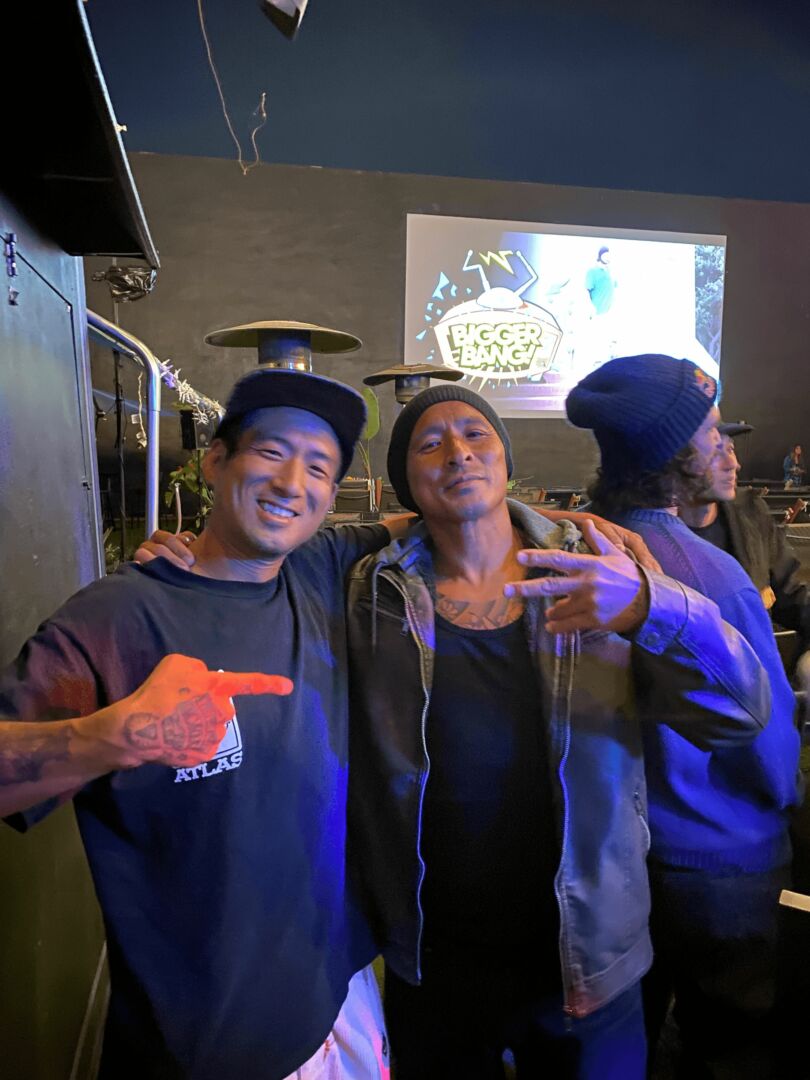

Image Credits
Bishop Lamont, Meng Tea, Ulysses Juarez, Yannik Agliardi, Quentin Agliardi, Brian Wilson, Satoshi Iwasaki
